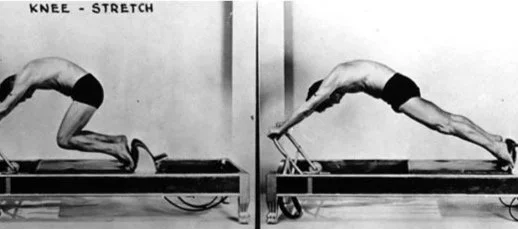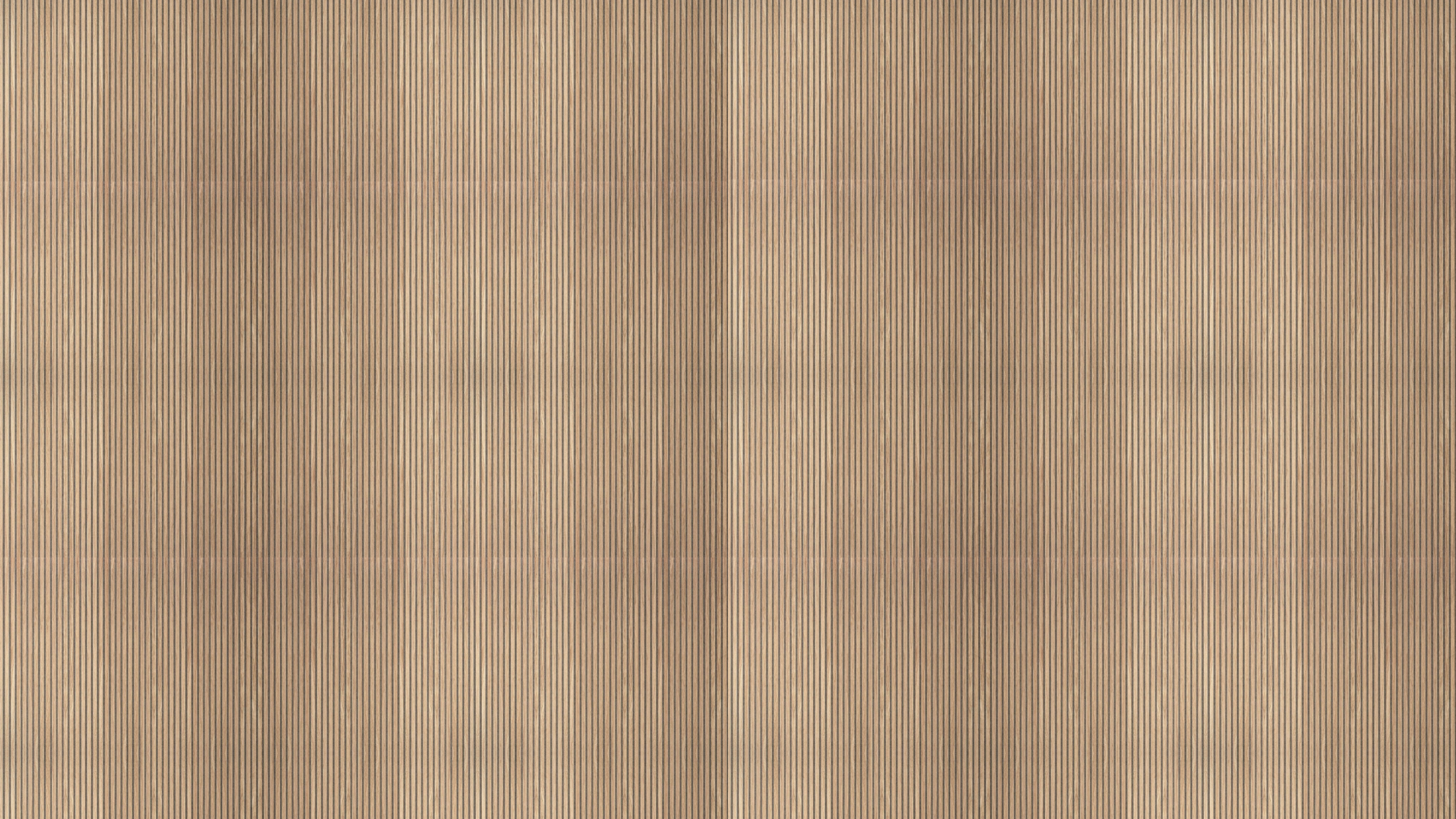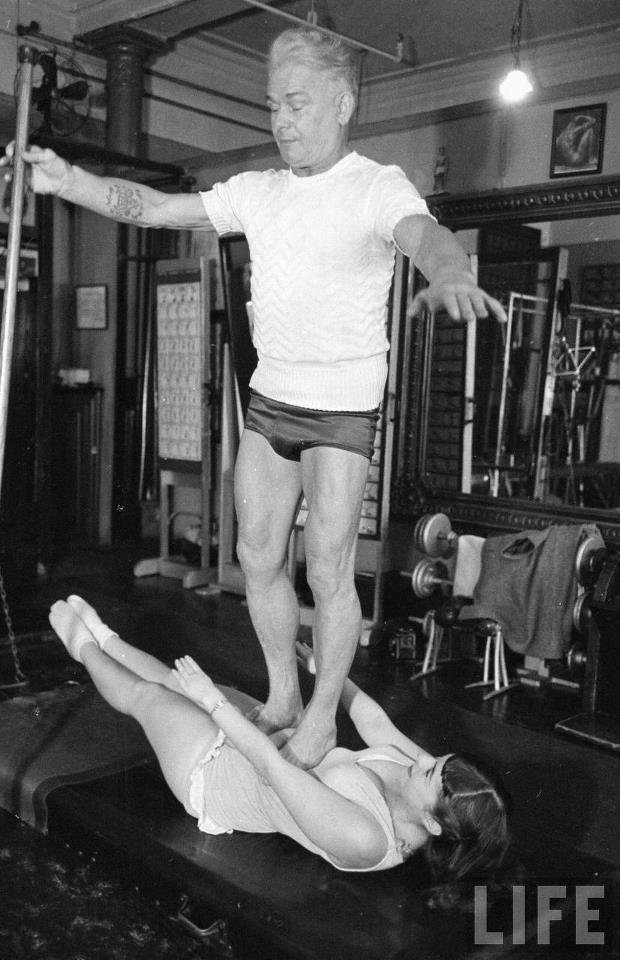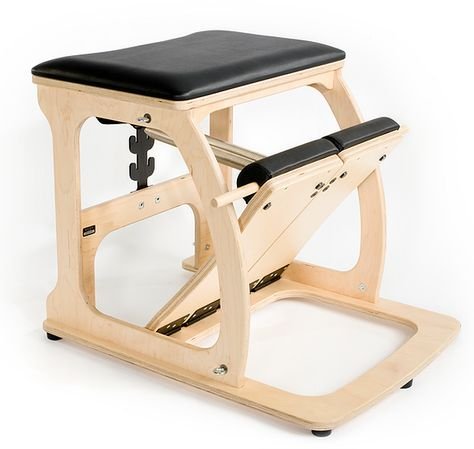What is Pilates?
The Pilates Method is a versatile form of exercise intricately designed to increase strength, improve posture, and encourage a mind body relationship. This gentle, but challenging, modality presents an alignment based focus, and offers stability, mobility, and balance in the body while lengthening and toning muscles.
the history
the history
How it all began…
Joseph Hubertus Pilates was born in Monchengladbach Germany in 1883. As a child, Joe had asthma and other ailments. He turned to exercise and athletics to battle these ailments and was always studying various exercise regimens to expand his knowledge base. He became enamored by the classical Greek ideal of a man balanced in body, mind, and spirit, and he began to develop his own exercise system based on this concept.
Growing into adulthood, Joe was no longer the sickly child he had once been as he became an avid skier, diver, gymnast, and boxer.
In 1912 Joe went to England, where he worked as a self-defense instructor for detectives at Scotland Yard. At the outbreak of World War I, Joe was interned as an “enemy alien” with other German nationals. During his internment, Joe refined his ideas and trained other internees in his system of exercise. He rigged springs to hospital beds, enabling bedridden patients to exercise against resistance, an innovation that led to his later equipment designs. An influenza epidemic struck England in 1918, killing thousands of people, but not a single one of Joe’s trainees died. This, he claimed, testified to the effectiveness of his system.
After his release, Joe returned to Germany. His exercise method gained favor in the dance community, primarily through Rudolf von Laban, who created the form of dance notation most widely used today. Hanya Holm adopted many of Joe’s exercises for her modern dance curriculum, and they are still part of the “Holm Technique.” When German officials asked Joe to teach his fitness system to the army, he decided to leave Germany for good.
Pilates comes to the U.S.
In 1926, Joe emigrated to the United States. During the voyage he met Clara Zeuner, whom he later married (many people don’t know that Clara was Joe’s third wife). Joe and Clara opened a fitness studio in New York, sharing an address with the New York City Ballet.
By the early 1960s, Joe and Clara could count among their clients many New York dancers. George Balanchine studied “at Joe’s,” as he called it, and also invited Pilates to instruct his young ballerinas at the New York City Ballet.
Pilates was becoming popular outside of New York as well. As the New York Herald Tribune noted in 1964: “in dance classes around the United States, hundreds of young students limber up daily with an exercise they know as ‘a pilates’, without knowing that the word has a capital P, and a living, right-breathing namesake.”
His students begin to teach
While Joe was still alive, two of his students, Carola Trier and Bob Seed, opened their own studios. Trier, a dancer, found her way to the United States by becoming a performing contortionist after fleeing a Nazi holding camp in France. She found Joe Pilates in 1940, when a non-stage injury pre-empted her performing career. Joe Pilates assisted Trier in opening her own studio in the late 1950s. Joe and Clara remained close friends with Trier until their deaths.
Bob Seed was another story. A former hockey player turned Pilates enthusiast, Seed opened a studio across town from Joe and tried to take away some of Joe’s clients by opening very early in the morning. According to John Steel, Joe and Clara’s business manager, one day Joe visited Seed with a gun and warned Seed to get out of town. Seed went.
Joe continued to train clients at his studio until his death in 1967, at the age of 87. When he passed away, he left no will and had designated no line of succession for the Pilates work to carry on.
Nevertheless, his work would remain and eventually flourish in large part due to his protégés, referred to as the “elders.”
The elders
Clara continued to operate what was known as the Pilates Studio on Eighth Avenue in New York. Romana Kryzanowska became the director around 1970. Kryzanowska had studied with Joe and Clara in the early 1940s and then, after a 15-year hiatus spent in Peru, returned to renew her studies.


The Founding Principles
These are the guiding principles upon which the Pilates method was built. They serve as the foundation for every session and every class, informing how each exercise is approached, taught, and experienced. By consistently incorporating these principles into movement, clients develop a deeper connection to their bodies, moving with intention, precision, and strength
founding principles of the method
founding principles of the method

founding principles of movement
founding principles of movement
























